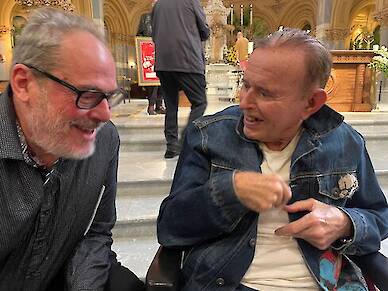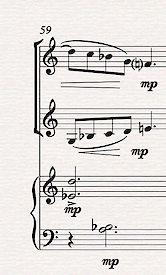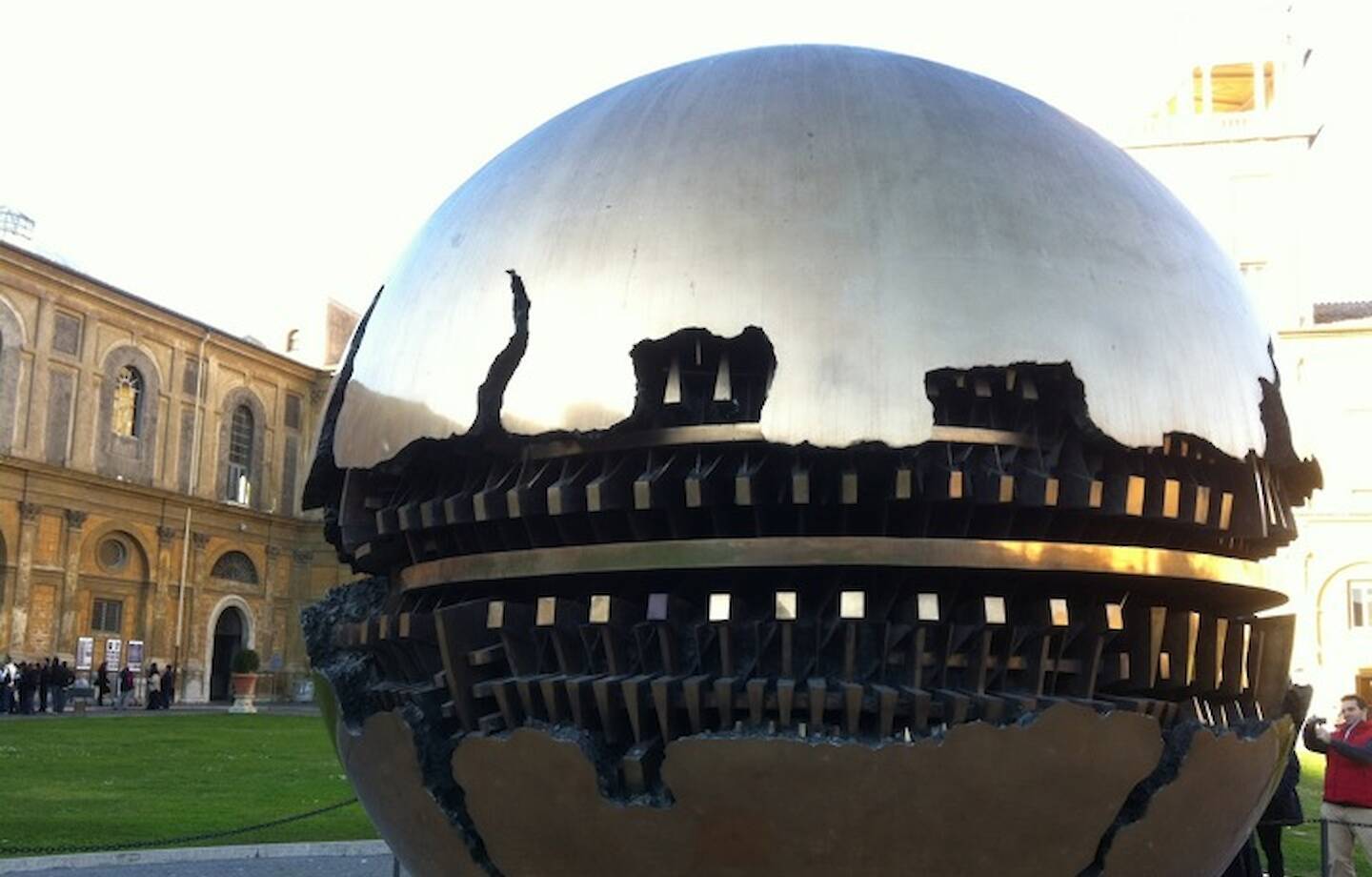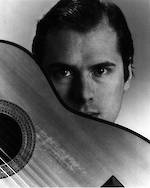Upcoming Kentner Anderson Premieres
Clarinet Trio "1918"
The Village Trip Players
--Evelyne Luest, piano; Anoush Pogossian, clarinet; Andry Didorenko, violin--
May 18, 8pm Greenwich House
--46 Barrow Street, Greenwich Village
TICKETS (FREE, please reserve)
"1918" is paired with Brahms op. 114. That was always the intended pairing. The piece lifts off from a reimagining and adaptation of Brahms' contrapuntal devices, especially op. 15 and op. 114.
It was a strange thing to happen to me and I'm still getting used to it. It began with a commission from Ebb & Flow Arts (Maui) for Veritas Musicae (Seoul) and a Korean poem, "Word of the Wind" by Mah Jonggi. It became something about the fierce winds around 1918.
In Aucoin's piece in The Atlantic he makes at least one point that resonates with me. Paraphrasing--classical music is not a sound. I've been saying that about modernism. I do know that the Princetonians liked to cite the three Bs as antecedents, and those do not sound anything like Sessions or Babbitt.
I also think of the joke about pissing on the bartender and making him laugh (there's a side bet).
My recent chamber works, "1918" and "Mille Regrets", make taboo traversals. "1918" takes a minimalist texture and traverses to a harmonic world akin to Richard Festinger's Cygnus piece, "Hidden Spring', which was just released on all the streaming platforms --
"1918" inverts the 20th C. shock values; returning to the ursymmetry, IV--I--V, the heart of binary forms from Bach to Brahms. begins to have some shock value.
I've come to realize how much I have in common with my late friend and collaborator David Del Tredici, whose Princetonian background never goes away, but lies in wait.

With David after the premiere of his last great masterpiece,
Herrick's Oratorio.
It's not about a sound
I think of Scott Johnson who wielded his own distinct arsenal of tricks that any uptown composer would be very proud of, but mixed it up with vernacular music -- rock music.
I must mention Meyer Kupferman. Meyer often left us feeling that he was engaging in mere collage or pastiche, but sometimes he succeeded in bridging worlds that were not allowed to be bridged. Echoes From Barcelona
And then there's Jonathan Dawe. His Baroque models are a reference point for how far he takes us from there.
Wonky:
The opening device extracts or condenses 0156, which then governs the surface up to the recap. 0156 is shiftless. It is a powerful signature of one diatonic septachord. Where ever you move it, you're at home there, rooted in that one "key", that one diatonic septachord in which it's embedded.
When 0156 is extended through the [1, 4....] cycle to 015678 (01459t), that crystallizes the Ionian/Lydian or Ionian/Mixolydian. A little "In C" gag.
It invites this figure:

//////////
0156 can be presented as pairs of semitones or pairs of 5ths. That partition is more noticable than any transpositions because transpositions of 0156 are shiftless, always perfectly happy to sit where they lie. The nearby transpositions are *presentiated*, rendered an atemporal fact, diachronic, as they are congealed as 01459t
//////////////
The brass sphere -- non-triadic music can have explosions such as Beethoven's explosive augmented 6 chords. This is a move that happens in "1918" also also in "Mille Regrez" --
I think of complementary diatonic hexachords (or tritone transpositions of the diatonic septachord) as being akin to atom splitting. And this is where I like to invoke the image of the brass sphere.
////////////////
The middle section is Kupferman/Chagall leading first to a Dresden Amen. After the Dresden Amen a passage with only 8 notes ensues -- the 1,4 cycle taken to 8 members. It was curious to discover that the remaining 4 notes is 0127 -- a tetrachord that got in my bones through Milton Babbitt's Swan Song.
That 0127 appears the op. 15 recap.
Opening:
Like op. 15, D is a pedal tone.

Recap:
0156 transposed up a tritone and with the D pedal tone imbricated.

It's now a horrific Bob Morris cluster -- 01267.
"Bob Morris cluster" is a rough gloss on something Jay Eckhard attributed to Robert Morris at a lecture at the Universidad Veracruzana in Xalapa a few years ago. A big collection with rich and portentous subsets for anyone who is looking for such.
These subsets, extrinsic to the preceding music, are manifested in the recap --
0127 [D, D#, E, A]
0167 [D, Eb, Ab, A]
This passage in the "key" of 0156 (partitioned as 5ths a semitone apart) comes back in the recap--

In the recap, the same passge is embedded in a 12-bar passage in the "key" of 0167, partitioned in 5ths a tritone apart, much like the soundworld of Richard Festinger's "Hidden Spring" --

The ending of the piece manifests another partition of 0167 -- two tritones, a fifth apart.
Piano Trio "Mille Regrez"
This all came about through a conviction that my setting of Gillian Welch's "My Morphine" would be easily relatable to the all-trichord hexachord. My setting of "My Morphine" is in the "key" of 0156, which is close, but nevertheless extrinsic to the all-trichord hexachord. My Morphine displaces the ATH.
The music that precedes "My Morphine" develops subsets of the ATH, including pretty ones that were too pretty for Carter.
More on this shortly.

